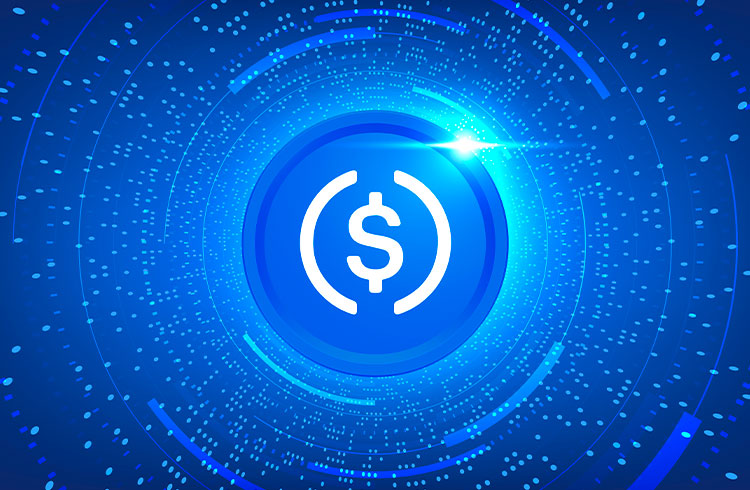In early September, exchange Binance pulled the USDC stablecoin from its platform. Now, Circle, the company that handles the stablecoin, is expanding the reach of USDC to other blockchains. According to the company, USDC will operate in five more networks: Arbitrum; Cosmos; Near Protocol; Optimism; Polkadot. According to a announcement released by Circle on Wednesday (28), the stablecoin starts operating on these blockchains in early 2023. But from now on, all developers working on these blockchains can start testing their integrations with Circle’s APIs. In this way, Circle expands the range of networks on which its stablecoin is available, opening the market for more people. Currently, USDC is the second largest stablecoin by market cap, with BRL 261 billion.
Increased liquidity and interoperability for USDC
For John Reginatto, VP of Product at Circle, the result of this new initiative is that Circle will be able to expand its stablecoin. Currently, USDC runs on Ethereum, Solana, Avalanche (AVAX), TRON, Algorand, Stellar, Flow, and Hedera blockchains. In this sense, the company has the support of eight blockchains, and from 2023 this number will increase to 13. The increase will allow its users to have “greater liquidity and interoperability” when carrying out their operations. That is, it will be easier to sell, buy and use USDC on multiple platforms. And Reginatto also noted that the inclusion will open the door for “institutions, exchanges, developers and more” to have a viable option when choosing a stable and reliable bridge between cryptocurrency and fiat. “Extending multi-chain support for USDC opens the door for institutions, exchanges, developers and more to innovate and have easier access to a reliable and stable digital dollar.” The inclusion of USDC in these new ecosystems will facilitate the development of new applications focusing on fast user transactions and programmable wallets. This may be reflected in the increase in stablecoin trading volume, which indicates increased demand for USDC. According to CoinGecko, USDC volume in the last 24 hours reached BRL 433 million, up from BRL 231 million for USDT.
Phase shift in cryptocurrencies
Jeremy Allaire, CEO and co-founder of Circle, spoke about the news during the Converge22 conference in San Francisco. In fact, it was the CEO who announced the entry of the new networks in his talk, but Allaire also spoke about other topics. One such topic involved the use of cryptocurrencies themselves. For Allaire, the narrative around cryptocurrencies is finally changing phase. Before, investors saw the market speculatively, but now it is in the utility phase. In this sense, Allaire said that the company’s mission is to help drive this new movement in the blockchain sector. Furthermore, the CEO said that changing the ecosystem for the better requires creating simple apps for all users, regardless of their knowledge of cryptocurrencies, as they only need to know that a specific token will provide frictionless interaction with data and money. “They (exchange users) don’t need to know what blockchain they’re on or even what stablecoin they’re using. They just need it to work and be easy to use,” said Allaire. As CriptoFácil previously reported, Binance retired USDC and two other stablecoins, replacing them with its stablecoin (BUSD). The loss of access to the world’s largest exchange caused USDC to lose ground among major stablecoins like USDT and BUSD. Since September 5, USDC has lost more than 6% of its market cap, and as of Thursday the stablecoin is operating relatively stable. The final withdrawal of USDC from Binance will take place this Thursday.

